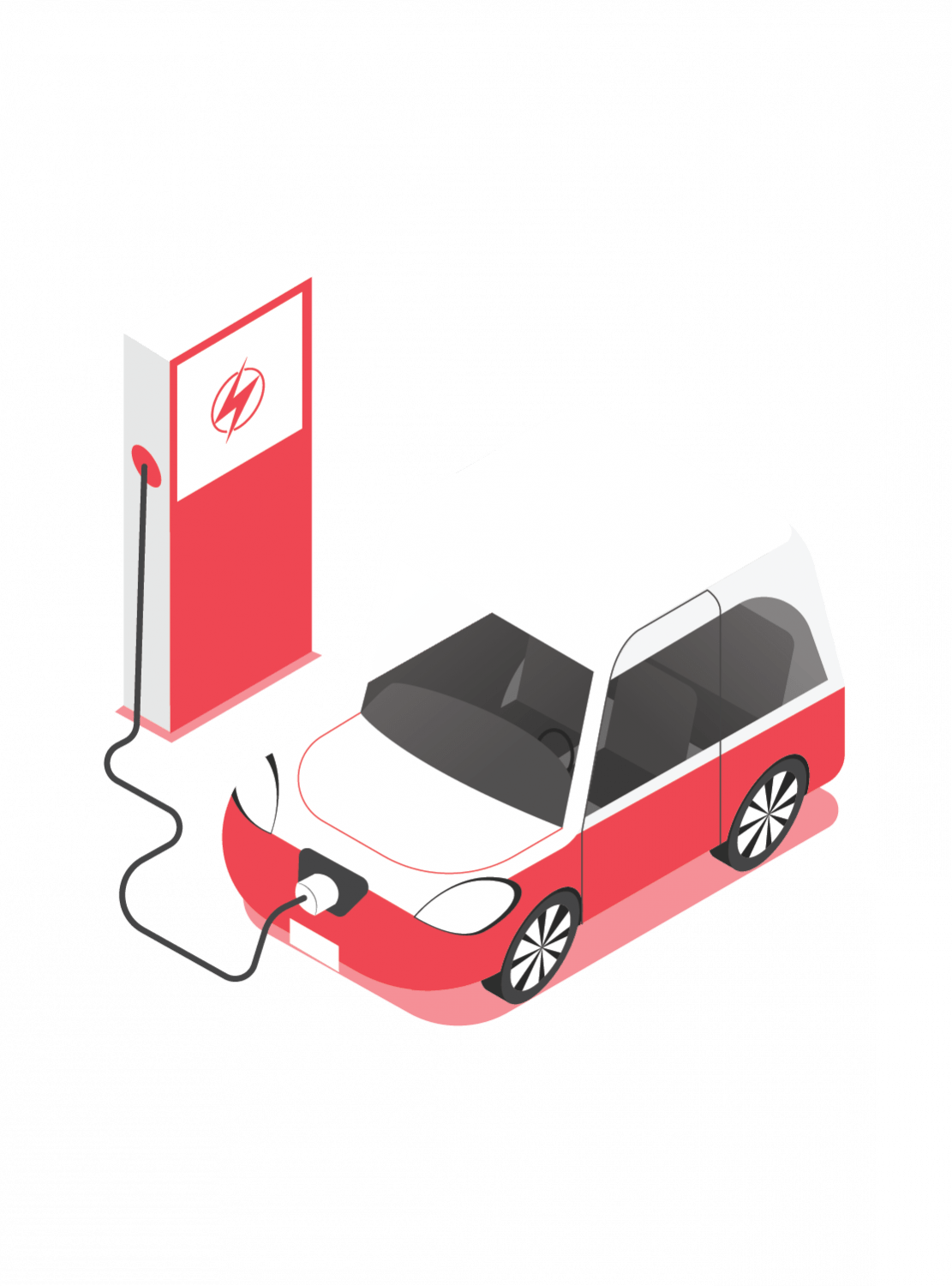What College Students Need to Know About EV Innovations and Future Trends
Electric vehicles (EVs) aren’t just a trend—they’re the future of transportation. For students in engineering, mechanical, electrical, and even IT fields, understanding EV technologies today can open doors to exciting career opportunities tomorrow.
In this blog, we’ll break down the latest EV innovations and future trends in a way that’s easy to understand—and show how colleges and universities can prepare students for the EV revolution.
1. Smarter Batteries for Longer Drives
The battery is the heart of any EV. Today’s innovations are making EVs safer, lighter, and capable of going farther than ever:
- Solid-state batteries are smaller, lighter, and safer than traditional lithium-ion batteries.
- Fast-charging technology is bringing charging times down to minutes instead of hours.
- Second-life batteries are being reused for energy storage, supporting renewable energy systems.
For Students: Learning about these batteries can help you design better EV systems and work on hands-on projects in your labs.
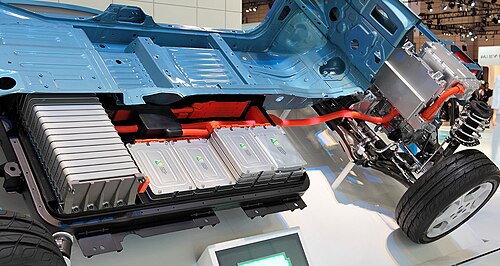
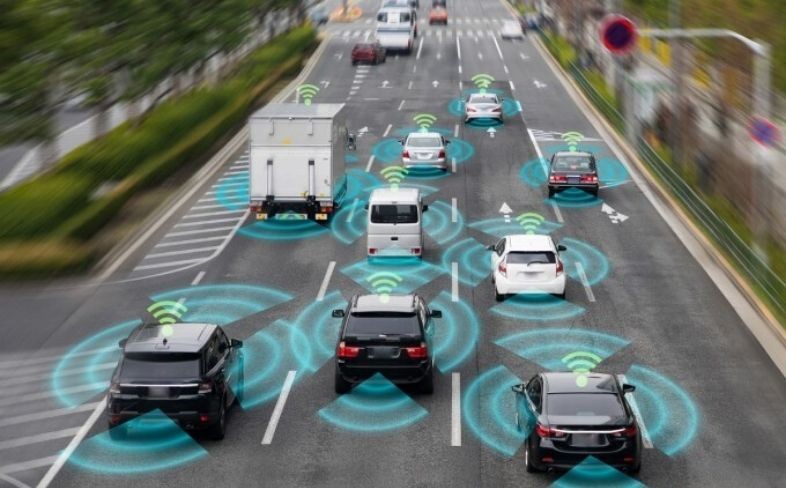
2. AI and Self-Driving EVs
Artificial intelligence is changing the way EVs operate:
- Autonomous driving lets vehicles navigate safely on their own.
- Predictive maintenance alerts engineers when parts need attention before a failure happens.
- Smart energy management ensures batteries last longer and work more efficiently.
For Universities: Incorporating AI modules into EV courses can give students a real edge in the industry.
3. Lightweight & Efficient Designs
Mechanical engineers are making EVs lighter and more aerodynamic:
- Using carbon fiber and advanced alloys reduces vehicle weight.
- Smarter aerodynamic designs mean less energy is wasted while driving.
For Students: Projects focusing on vehicle weight reduction and aerodynamics are great ways to learn and innovate.
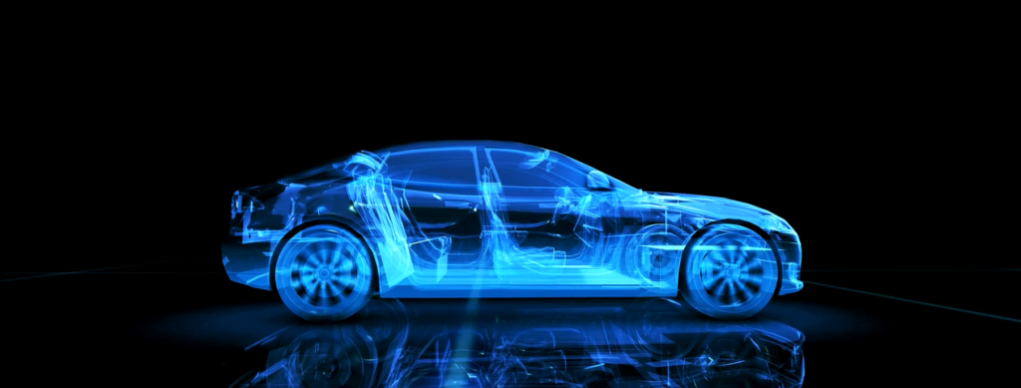
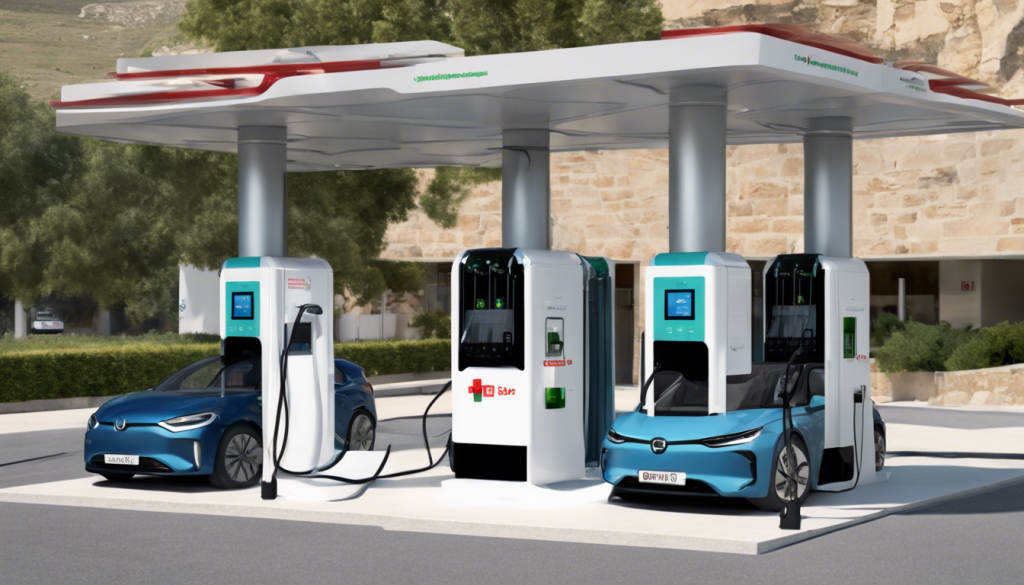
4. Better Charging Infrastructure
EV adoption depends on easy and fast charging:
- Wireless charging pads are making it hassle-free.
- Ultra-fast stations can fully charge EVs in under 15 minutes.
- Smart grid integration allows EVs to feed energy back to the grid.
For Colleges: Students can explore projects or research on charging solutions, contributing to real-world EV infrastructure improvements.
5. Connected & Sustainable Mobility
EVs are becoming part of smarter, greener cities:
- Vehicle-to-Everything (V2X) technology lets cars communicate with infrastructure and other vehicles.
- Green manufacturing focuses on reducing carbon footprints.
- Shared mobility (like electric buses or taxis) reduces city congestion.
For Students: Learn about smart cities and sustainability to understand the bigger picture of EV impact.
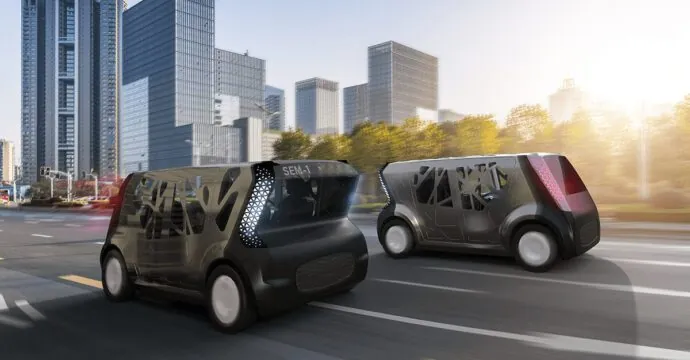
6. Preparing for the Future
The EV industry is growing fast. Students who learn about EV technologies now will have a huge advantage:
- Hands-on lab experience with batteries, motors, and powertrains
- Participation in micro-projects or research
- Skills in AI, mechanical design, and energy management
For Universities: Encourage students to join EV workshops, set up labs, or collaborate with organizations like ISIEINDIA to gain practical exposure.
Conclusion: Electric vehicles are more than machines—they are a revolution in mobility. By understanding the latest innovations in batteries, AI, and sustainable designs, students can step confidently into the EV world and shape the future.
Set up EV labs, explore hands-on projects, and collaborate with industry mentors. The EV revolution is here, and the future engineers are YOU!” 👉 Ready to partner with us & empower your students? 📩 Connect with ISIEINDIA today!📞 Call: +𝟵𝟭 𝟵𝟵𝟳𝟭𝟲𝟮𝟭𝟱𝟴𝟴🌐 www.isieindia.com📋 Enquiry Form: https://lnkd.in/guJW3NA2




